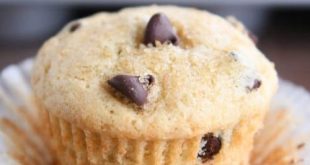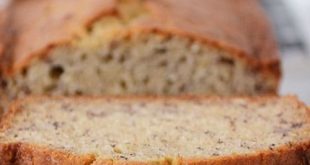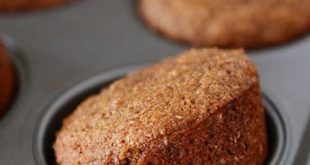This pumpkin cinnamon bread with vanilla frosting is a clever way to get the flavor and texture of a cinnamon roll.
Move over, cinnamon rolls, and you’ve got new competition in town, and it just happens to be this pumpkin bread.
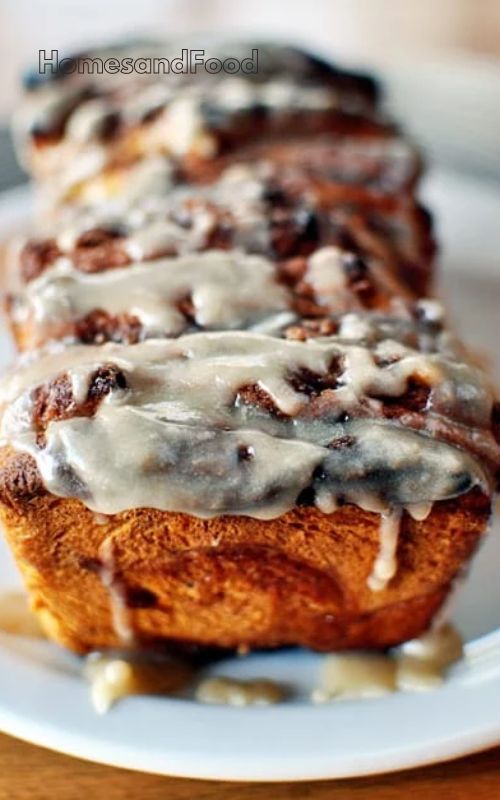
The pull-apart bread phenomenon has been in the food blogging world for months, if not longer now. … It’s actually a clever way to get a cinnamon roll-like flavor and texture in bread form that falls apart into soft, fluffy layers of cinnamon and sugar.
If you’re not familiar with this method, I’ve included some step-by-step pictures below.
The yeasted pumpkin dough is topped with a sweet cinnamon filling and then cut into strips, then stacked, then pressed into a loaf pan and cut again. It works, I promise.
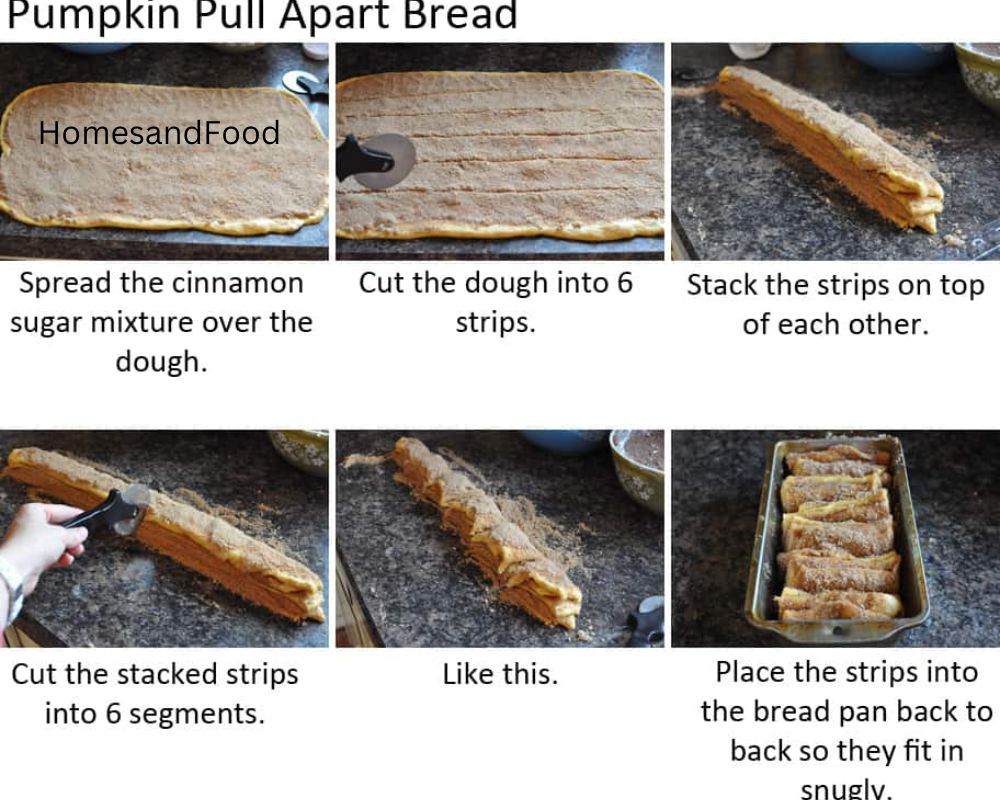
Perfect for this time of year, this bread is absolutely irresistible, especially since we found that it warms up beautifully and tastes fresh the day it’s made.
I’m so glad this bread (pumpkin or not!) is back in my life. It’s about time.
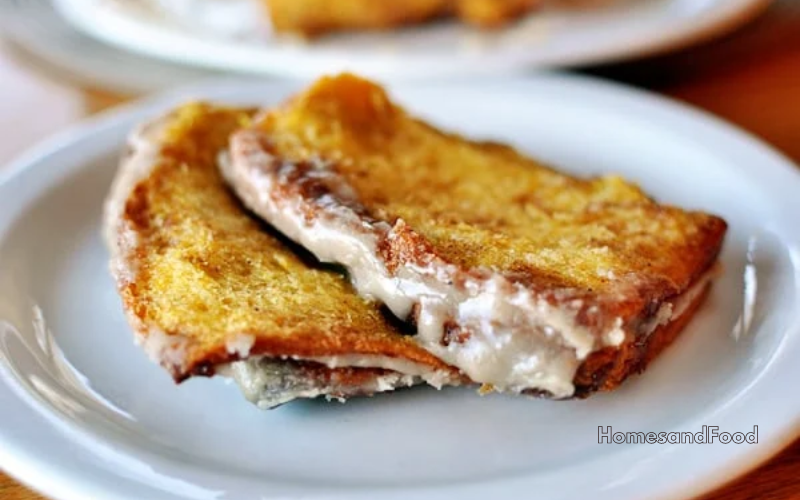
Pumpkin Cinnamon Bread with Vanilla Glaze
Makes: 24 servings (2 loaves)
Prep time: 2 hours 25 minutes
Cook time: 40 minutes
Total time: 3 hours 5 minutes
Materials needed
Bread:
- 1 ½ teaspoons salt
- 1 ½ teaspoons instant yeast
- ½ cup (106 grams) granulated sugar
- 5 to 6 cups (710 to 852 grams) all-purpose flour; I added medium-ground white flour first.
- 1 cup milk
- 4 tablespoons (57 grams) butter
- 1 (15-ounce) can (425 g) pumpkin puree (about 1 1/2 cups)
Filling:
- ⅔ cup (141 g) packed light brown sugar
- ⅔ cup (141 g) granulated sugar
- 1 teaspoon ground cinnamon
- ¾ teaspoon ground fresh nutmeg
- 4 tablespoons (57 grams) butter, melted
Vanilla Frosting:
- 2 tablespoons (28 grams) butter
- ⅛ cup (26 g) packed light brown sugar
- 1 ½ teaspoons milk
- ½ cup (57 grams) powdered sugar
- ½ teaspoon pure vanilla extract
Instructions
-
In the bowl of a stand mixer fitted with the dough hook (or just a large bowl if you are going to power through and make this by hand, which I’ve done, and it really isn’t so bad), combine the salt, yeast, sugar and 4 cups of the flour. In a small saucepan, warm the milk and butter until the butter is just melted and the mixture is warm to the touch. If it feels too hot, let it cool until it is at warm room temperature. With the mixer running (again, just adapt by hand by pouring it into the dry ingredients), add the warm milk/butter mixture and the pureed pumpkin. Continue mixing, adding additional flour as necessary, until the dough pulls away from the sides of the bowl, and knead the dough (by mixer or by hand) until it is smooth, elastic and just slightly sticky (don’t overflour – see the note above the recipe).
-
Lightly grease a large bowl and place the dough in the bowl. Cover the bowl with lightly greased plastic wrap and let it rise until doubled, about an hour, depending on the warmth of your kitchen.
-
While the dough is rising, make the filling by combining the brown sugar, white sugar, cinnamon and nutmeg in a bowl. Set aside.
-
When the dough has doubled in size, lightly punch down and divide into two pieces. Roll out one of the pieces on a lightly floured countertop to about 20-inches by 12-inches. If it has trouble rolling out without shrinking back in, lightly cover the dough and let it rest 10-15 minutes before proceeding. Once rolled out, brush the dough with 2 tablespoons of the melted butter and spread half of the filling mixture evenly over the top, lightly pressing it into the buttered dough.
-
Lightly coat two 8 1/2-inch by 4 1/2-inch bread pans with cooking spray. With the long edge of the rectangle toward you, cut the dough into 6 strips (see pictures below for a visual). Stack the strips on top of each other and cut the stack into 6 even portions (again, pictures are below). Grab the cut stacks, one at a time, placing them in the bread pan and pressing them up against each other so they all fit into the pan. Repeat with the remaining half of dough and filling ingredients.
-
Cover the pans with lightly greased plastic wrap and let the bread double in size until it looks really puffy, about an hour.
-
Bake the dough in a 350 degree F oven for 30-40 minutes, until the bread is browned and bubbly and cooked through. Remove the pans from the oven. While the bread cools slightly in the pans, make the glaze by bringing the butter, brown sugar and milk to a boil. Remove it from the heat and stir in the powdered sugar and vanilla until it is smooth.
-
After the bread has cooled for about 5 minutes in the pan, loosen the edges with a butter knife and turn the bread out onto a cooling rack set over a piece of parchment or wax paper. Drizzle the warm bread with the glaze. Pull off pieces of the glazed bread and eat warm (the bread reheats well, microwaving several pieces on low power for 15-20 seconds).
Notes
Flour Amount: As with all yeast doughs, since humidity, temperature, altitude, and many other factors will affect how much flour you need in your yeast dough, I always use the amount of flour in a recipe as a guide only and to determine when to add flour. Stop adding flour based on the texture of the dough and not based on how much flour I added compared to the recipe.
Yeast: This tutorial on yeast will help you figure out what a properly kneaded dough should look like.
